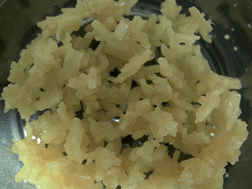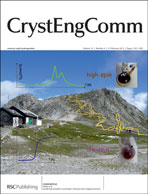Europium dibenzoylmethide triethylammonium (EuD4TEA) is one of the brightest known triboluminescent (TL) materials. First synthesized in 1966, emission from EuD4TEA is bright enough to be seen in daylight. In this paper we report the synthesis of Eu(III) tetrakis compounds using different solvents, and their influence on the appearance, TL yield, and decay time. The physical appearance of Eu compounds changed with the solvent type. Further, the solvents influenced the time for nucleation and completion of the reaction. TL measurements show that Eu tetrakis compounds derived from acetone solvent had the largest emission, while the smallest emission with the shortest decay time was obtained for the product from chloroform solvent. Photoluminescent emission spectra for the compounds from different solvents show the 5D0 → 7F1, 5D0 → 7F2 and 5D0 → 7F3 peaks which are consistent with previously reported results for EuD4TEA. However the intensity of the 5D0 → 7F2 transition shows the 613.5 nm is larger than the 611.7 nm for the products from 1-butanol and methylene chloride. Eu compound from 1-butanol shows a more intense 616.5 nm and 624.2 nm peaks, of which the later peak is almost merged into the background for Eu compounds obtained from the other solvents.

You have access to this article
 Please wait while we load your content...
Something went wrong. Try again?
Please wait while we load your content...
Something went wrong. Try again?


 Please wait while we load your content...
Please wait while we load your content...